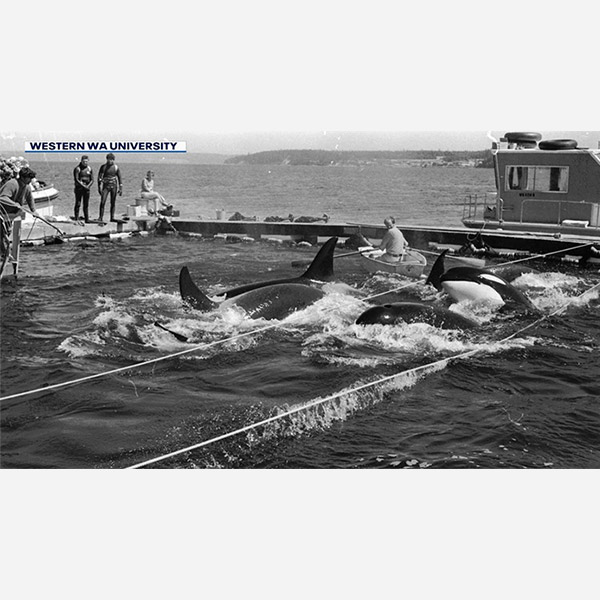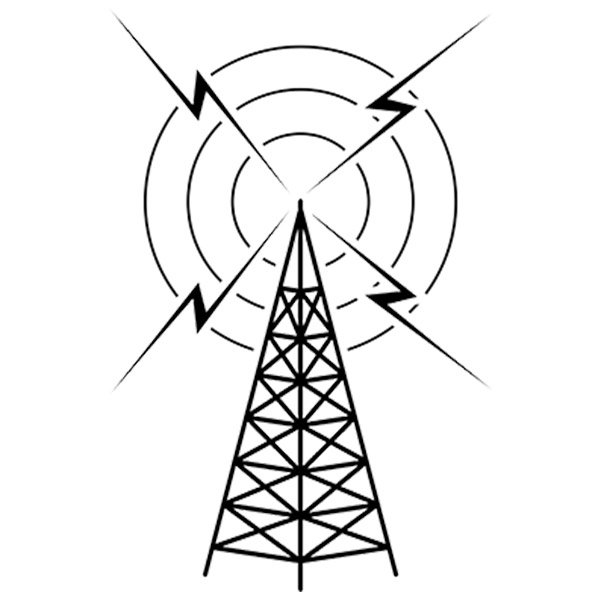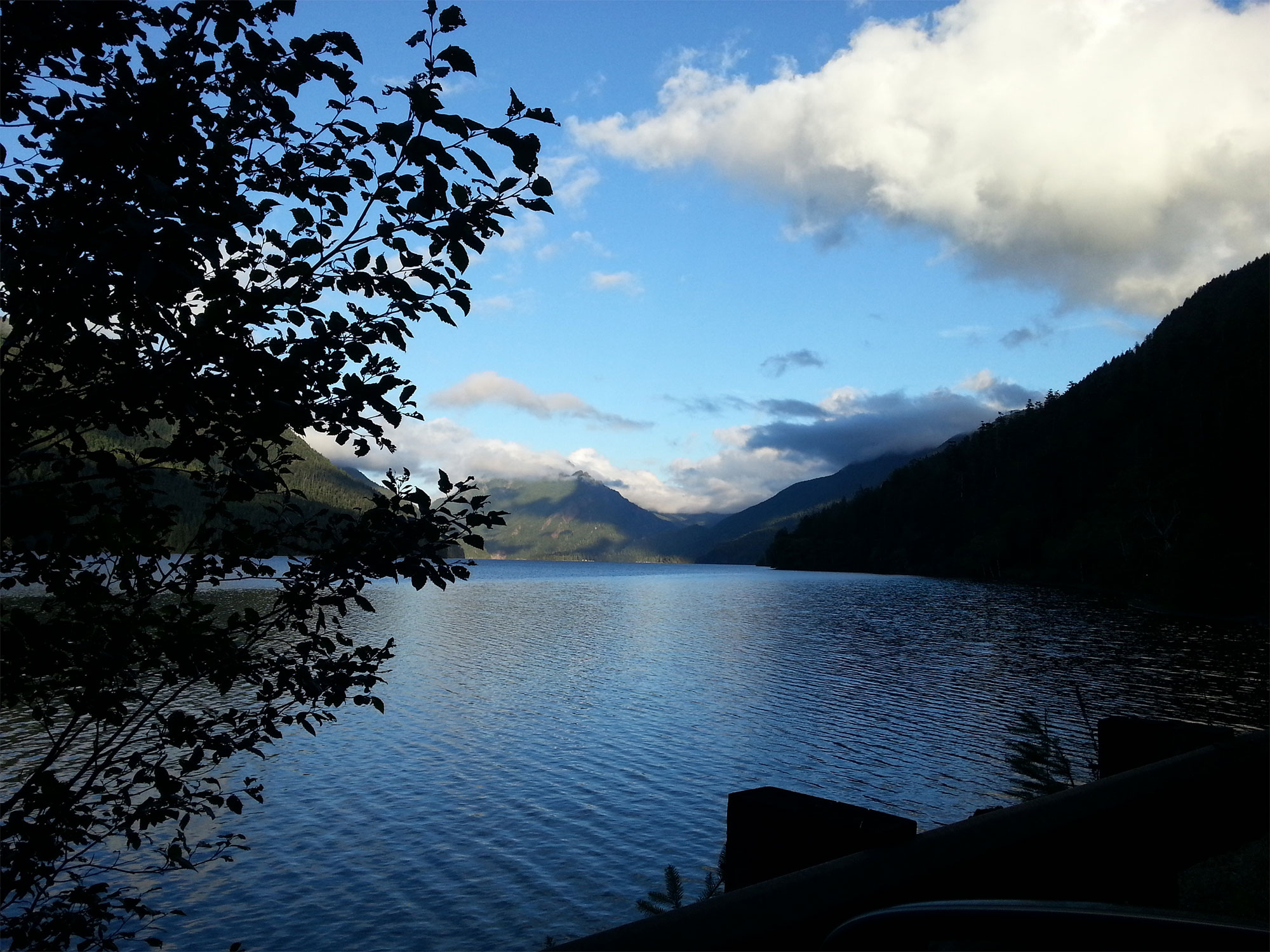
After more than 50 years, southern resident orca whales have begun returning to Penn Cove, the site where boats, airplanes and nets were used in violent roundups that took place in the early 1970s to capture and sell them to aquariums and marine parks around the world. The whales were driven from open waters and corralled into pens with hunters using boats and dynamite to move them into the cove. That trauma for the orcas left deep scars on the population of killer whales which researchers say have been passed down through generations.
A key person most responsible for stopping their capture was former Washington Secretary of State Ralph Munro.
“I got involved with the orcas in a capture in Olympia quite by accident. But you know I’d seen them as a child and all that stuff. and I loved the whales and all that stuff. As a child it was a different sort of scene. The feeling was that they were eating all the salmon and people were kind of opposed to orcas. I got involved when Karen and I were out sailing one day with some friends on a Sunday and we saw an orca capture take place. I took place about, oh 50 yards from out boat. I was so disgusted and so disturbed that I just did everything I could stop it.”
As a member of Governor Dan Evans’ staff, Munro went to the governor and the two of them along with Attorney General Slade Gorton filed a federal restraining order to stop their capture.
“And we did stop it. And that was the last orcas that were captured in Washington waters. This was a cut-throat deal. We were very proud to stop it.”
The capture of the Southern Residents population of orcas in Puget Sound caused the loss of one-third of its population. These who weren’t sold died entangled in nets. None of them captured are still alive.
“It took a lot of time. It took a lot of effort. There was lots of joy and pleasure when we won. But the orcas were pretty much left alone ever since then.”
And now, more than 50 years after the trauma of the captures, the orcas have begun to return to Penn Cove.
“And I think that’s a significant sign that things are getting better.”
(Photo: Western Washington University Archives)

Listeners to KZQM radio in Sequim might occasionally confuse it with the other radio station in Sequim, KSQM. KZQM is not the same as KSQM, Sequim’s non-commercial educational, listener supported, all volunteer radio station. KZQM does not play the same kind of music as KSQM, what we like to call the home of the best music ever made. KZQM is operated by Radio Pacific, which also owns KONP and KSTI. KSQM is owned and operated by Sequim Community Broadcasting, a non-profit 501(c) 3 corporation. So it might be understandable there could be a bit of confusion between the two.
That confusion is coming to an end. Brown Maloney, the owner of KZQM says effective this week, the station’s call letters have changed to KZEG. He says in a news release, “For some time, there has been confusion by having similar call letters as Sequim’s radio station KSQM 91.5 FM. Therefore,” he says, “it was my decision that changing the call letters would be beneficial to both stations.“
Prev 1 Next




